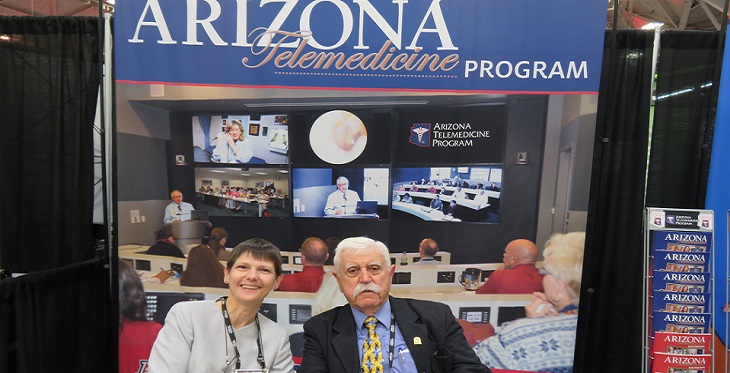Telemedicine Grants: Tips and Tricks to Win Them!

As the old saying goes, you win some, and you lose some. Well, I’m pretty sure that most of us would rather be on the “win some” side of the equation, especially when it comes to telemedicine grants. The good news is, there are plenty of grant opportunities out there, including the US Department of Health and Human Services, HRSA Telehealth Network Grant Program, the US Department of Agriculture’s Distance Learning and Telemedicine Grant, and opportunities through state agencies and foundations. But how do you position yourself for success? Let’s start with some tips on writing a successful telemedicine grant proposal:





